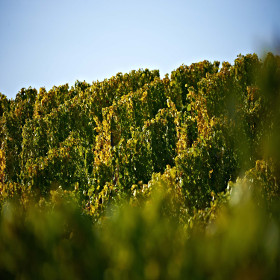About us
- specialist trade
- sparkling wine
- wine export
- Maxim origin Rheinhessen
Contact details:
Weingut Louis Guntrum
Rheinallee 62
55283 Nierstein
















